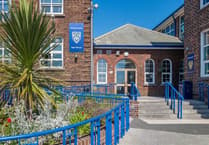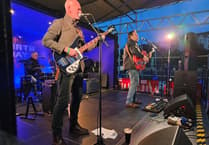‘France is a kingdom of hunters. I’ve never seen a fox there.’
So says wildlife photographer Philippe Ricordel of his native country. It is little surprise, therefore, that he spends much of his life these days recording wildlife in the rest of the world.
He is in the island this week doing a series of talks about his life and work - focusing on cranes, endangered snub-nosed monkeys and many other species.
Hearing Ricordel is like listening to David Attenborough - or his compatriot Jacques Cousteau. The animation and intensity with which he enthuses about animals is immersing and compelling.
There was the giant anaconda constricting and then eating a Marsh Deer in Venezuela. Ricordel waded into the swamp to get the wide angle shot and got covered in leeches, later burned off by cigarettes.
Or the lions hunting a troupe of wildebeest: ‘It’s one thing to see a lion on TV, another to see them passing in real life. The wildebeest had got stuck in the mud, the only part of the body revealed the notoriously hard back, which the lion couldn’t penetrate to eat. Nevertheless, this lioness killed them one by one, strangling them by the neck. The desperation in the wildebeests’ eyes was intense. It was the brutality, the reality of wildlife. I am a predator, the lion said. I kill to eat, and sometimes I kill because it is my prey.’
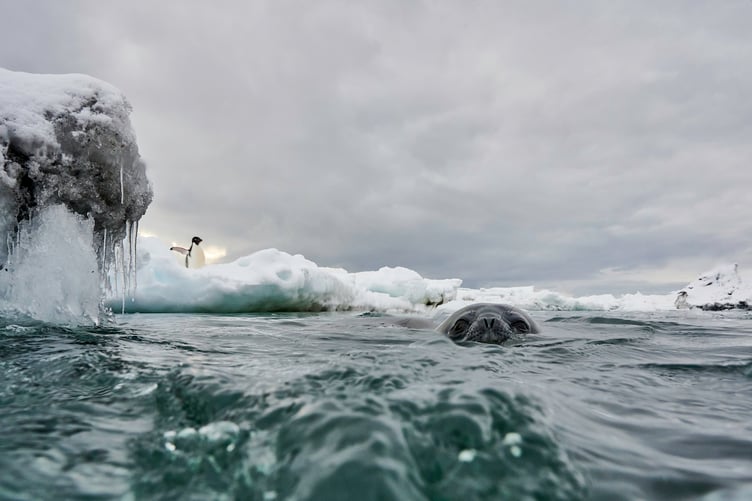
Or the hornbill: ‘the male builds this enclosed case for the female to raise its brood in and brings everything to her. It’s like a prison: if the male dies, the female dies too. It’s amazing.’
Ricordel was born in Paris but spent weekends in the countryside. He began by developing his knowledge of birds, mice, frogs, fish, butterfly, dragonfly, even snakes, then at 17 was given a camera. Time spent photographing Formula One racing cars improved his reaction times. There was no long lens then - just 200mm, so he had to be really close. Interest in overseas species grew with time spent in Reunion in the Indian Ocean. ‘Filming a volcanic reaction was interesting - the magma floating by 100m from me.’ Later he moved onto ‘big wildlife’: moose, bears and orca in Canada.
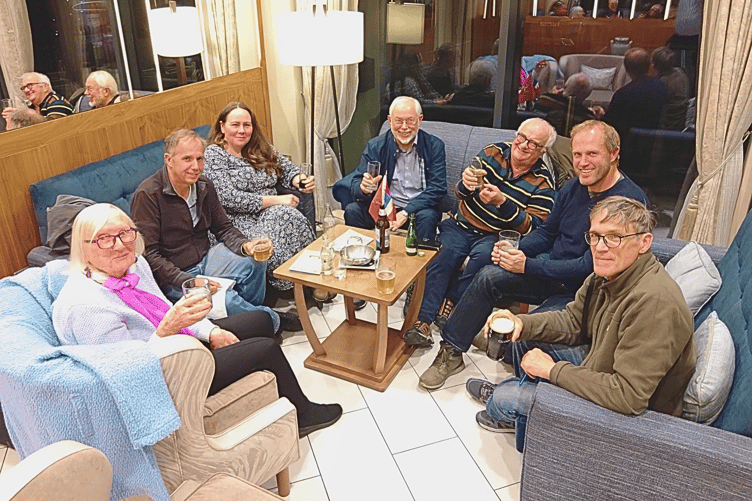
Originally, he worked for Peugeot in Asia and China, only later earning a living by photography and guiding. He switched to a digital Nikon in 2006 and began to fall in love with Hokkaido, the most northerly Japanese island. His talks will dwell on the Red Crowned Cranes and the Whooper Swans that winter there. Its ‘onsen’ or hot springs mean that the edges of frozen lakes there are free water, allowing the swans to prosper. He notes the effects of climate change here, the lakes now thawing much earlier than fifteen years ago. Hokkaido is also home to other favourites like the massive migratory Steller Sea Eagle, and Blakiston’s Fish Owl, the largest living owl. ‘I feel really at home in Hokkaido. Maybe I was Japanese before,’ he says.
Philippe Ricordel will be delivering talks at the Ramsey Elim Centre on Thursday, October 16 (7.45pm), Laxey Institute on Friday, October 17 (7.30pm) and at the Villa Marina in Douglas on Saturday, October 18 (11am).
Tickets will be available on the door.
For general enquiries, you can contact organiser Chris Swingler at [email protected] or call 07980 915290.
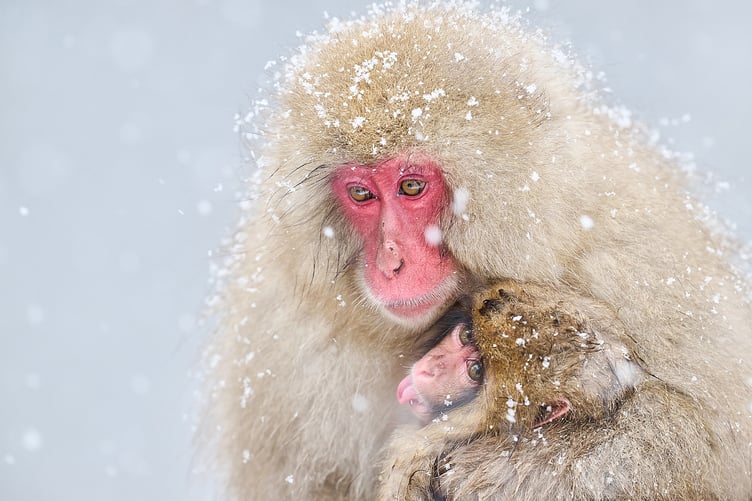
.jpeg?width=209&height=140&crop=209:145,smart&quality=75)

